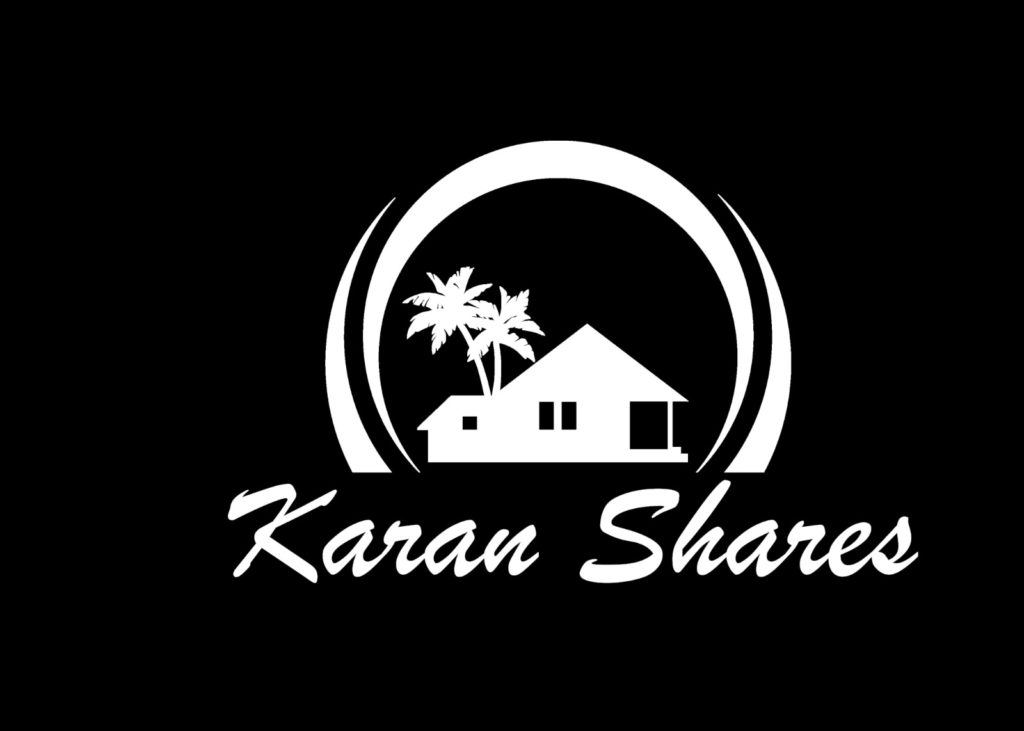How To Buy A House With 0 Down Payment? Karan shows you how to buy a house with no down payment in California. He explains how this state sponsored program known as the Down Payment Assistance program actually works for the First Time Buyer. And how you can qualify for this amazing opportunity to buy your first home with no money down. California Housing Finance Agency also known as CalHFA is the sponsoring agency for this down payment assistance program. Find out if you fit their criteria to take advantage of this awesome loan program.
Video Transcription:
In today’s video, I will share with you a first-time buyer mortgage program that requires 0% down. That’s right. $0 out of your wallet. I will share with you what are the qualifying requirements for this program? And in the end of this video, I will show you how you can actually use this loan program to buy a house in California, so you definitely wanna stay till the end. Let’s get started. So first we’re gonna talk about the benefits of this program. Then we’re gonna talk about the qualifications and then I’ll get into the nitty gritty of things and show you what the terms and rates are like. So this loan program is known as the down payment assistance program sponsored by the state of California. The entity that sponsors this is is CalHFA, stands for California Housing Finance Agency. So this program requires no money done from you like I mentioned in the beginning of the video, 0% down. And obviously, you know they’re sponsoring this loan for you, so there is a down payment requirement, so the state puts the down payment for you. So the down payment that the state puts is a complete forgivable loan. That’s right, they give you money down to purchase a home and it’s completely forgivable. And the state gives you about 10% down, not about, exactly 10% down of the purchase price. And now if the purchase price is $450,000 the state gives you $45,000 towards your down payment. If you do the math, and once you talk with the loan officer it ends up being about 5% down because the other four to 5% is used towards closing costs and other expenses that are tied to the loan. In some cases, it might even end up being 7% down depending on what lender you’re working with, what the origination costs are, and what the closing costs are in that transaction. Right now, when the market is sort of sifting towards a more of a buyers or more of equilibrium market, you might also even get some seller concessions. So coming back to the benefits. The state gives you 10% down. You put nothing down. And this program is for the first time buyer. Now I’m gonna get into that in a second. Now let’s move towards the qualifications section. So to qualify, you must be a first time buyer. Now, what deems you to be a first time buyer? A first time buyer is an individual that has not owned a principle primary residence in the last three years from the time of purchase date of this property that you’re gonna buy. So if you’re buying this in 2022, the lender will look at your tax returns for ’21, 2020, 2019. And they are looking for if you owned a primary residence on there, and if on your tax returns, you did not own a primary residence, you now are qualified as a first time buyer. Number two, there is a minimum credit score requirement of 680. You must have a credit score of 680. There is also a max household income requirement. Now I did mention that this is a complete 0% down program but that does not mean you don’t have to qualify when it comes to income. You have to qualify with your income. The state helps you with the down payment. So there is a max household limit according to each county. So depending on what county you’re in, your household income, that means everybody that’s gonna be on the loan, total combined gross income cannot be above a certain threshold. There’s a max threshold that it cannot be above, which I’m gonna go over in a second. So there is a limit of a max household income. Then lastly, like I just mentioned, you have to qualify for this loan. So the DTI, which stands for debt to income cannot be more than 45% if your credit score is 680. Now, if your credit score is 700 or above, they will go up to a 50% DTI. Now that’s awesome, you can qualify for more of a house if you are at a credit score of 700 or higher. So you definitely wanna work on your credit score and get it up to that 700 mark. But it’s not the end of the world if you’re at 680, you still qualify. Now I’m gonna keep moving down the board. I did mention the household income. So we’re gonna get into that in a second but let’s talk about the terms. What is the rate? So if you were to get this loan today, and today’s, it’s a Thursday, I’m recording this, and it’s July 7th, 2022, the rates, normal rates, right now conventional rates, when I say normal rates, I’m saying conventional loan rates which with 5% down are sitting at around 5.5%. This program is offering 5% rate if you qualify. And there is a mortgage insurance, there’s gonna be a mortgage insurance because anytime you put less than 20% down, there’s mortgage insurance, that’s being charged, right? The mortgage insurance range which also may change depending on when you’re watching this video, today that range is between 220 to 320. Now that’s awesome because if you’re getting an FHA loan where you have to put 3.5% down, the mortgage insurance is a tad bit higher than this mortgage insurance. Now moving forward to the county max limits that I’m gonna talk about. So I’m gonna talk about three counties here: Alameda, Contra Costa, Sacramento. Like I said, this program is state sponsored, so it applies to every county in California but just keeping things localized here, I’m gonna talk about, and for the sake of discussing something more micro, instead of macro I’m just gonna pick three counties that are local to us here. So we’re gonna talk about Alameda, Contra Costa, and Sacramento. So if you are in Alameda county and you qualify with everything else, you have a 680 credit score. You’re a first time buyer. Your max household income cannot be above $106,000. So if it’s two of you, you’re say husband and wife, husband’s earning 50k, wife is earning 50k, you qualify because now your household income is 106,000. If it’s above that mark, you will not be able to use this down payment assistant program. Same thing with Contra Costa, same principle. In Sacramento county, it’s a little bit lower. So if you’re making a gross household income of 72k, I believe I missed a 700 to 72k 700, anything above that will not qualify. If you’re below 72,700, you will qualify for this program. If you are getting real value out of this video, please do me a favor and hit the like button, comment below and subscribe to my channel to stay on top of your real estate game. And if you know somebody that can use this program to buy their first home, please share this video with them. I love you all, thank you. Like I mentioned, in the beginning of the video I was gonna give you tangible numbers and show you how you can actually use this program, how this program really applies in the market. Now here’s how this works. So you do have to qualify for this program, right? So if your income is max that you can have is 106,000 and you’re in Alameda county and say you’re trying to buy a house in Fremont. This program is not gonna work for you because if the house is a million dollars, your DTI is gonna be way above. So how this is gonna work in the county of Alameda is you’re most likely gonna be able to find a townhouse or a condo that’s gonna be in the range of anywhere from 400 to maybe 550. And that’s the kind of range in Alameda county that’s gonna work because because houses here in this county are close to the million range. So in this county, if we’re watching this today and things haven’t changed, you’re looking at a condo or townhouses, but hey, you’re getting this with zero money down. And this is a great program for the middle class or low income folks that just don’t have the down payment. It’s not for the luxury folks. Now, moving down, this is where it gets kind of nitty and gritty and a little bit more intricate. And you can really hit home here. Contra Costa county has the same income limit as Alameda county, but Contra Costa county has a lot more pockets that actually have houses that are available to you in that 450 to 500 to 550 range whereas that’s not available in Alameda county. So in that county, it may be more beneficial and you can actually buy a house. Otherwise, if it’s a condo, you’ll still be able to use it. Sacramento county, not so much. The limit is a lot lower, but it may apply in certain areas or different pockets. Now, if this is sounding all mumbo jumbo, and you’re confused about how this works, how the rate works, or anything, how anything works here, leave me a comment below. It doesn’t matter what county you’re in California. We could do the whole state and let me know what your question is, and I’ll be sure to respond back to you and get back to you and let you know what your county limits are or if you have any other questions. Lastly, a very important point. You must stay in this property for five years and you can’t rent this property. Otherwise the loan that they’re giving you, the 10% forgivable loan will not be forgiven. Now it’s not the end of the world if you decide to say, sell the property in year three. So say for example, you bought a property and the purchase price was $450,000. The state gave you $45,000 towards your closing costs and your down payment. Now this loan is forgiven in five years. Every year 20% gets forgiven. So by year three, let’s say $27,000 would be forgiven and you’re only left with $18,000 back. So if you’ve made significant equity and you’re looking to sell the property in year three, you would only have to pay the state 18k back. Now, if you stay in the house for five years, which most people do, ’cause the average term here in the US is seven years that someone stays in the house once they purchase it, then you’re golden. This loan is this loan that they’re gonna give you, well, it’s not considered a loan, it’s like a gift. It’s a forgivable loan, will be completely forgiven if you stay in it for five years. That’s it for today, guys. If you are interested in taking advantage of this program and buying a house in California and you are in need of a great lender with a great process, leave me a comment below or click the consultation link in the description of this video. And I will do my best to get back to you in time. And if this program does not work for you and you’re looking for other first time programs, watch this video above that shows you what the other programs that are available to you. That’s it. Until next time. This is Karan saying with optimal loans.







